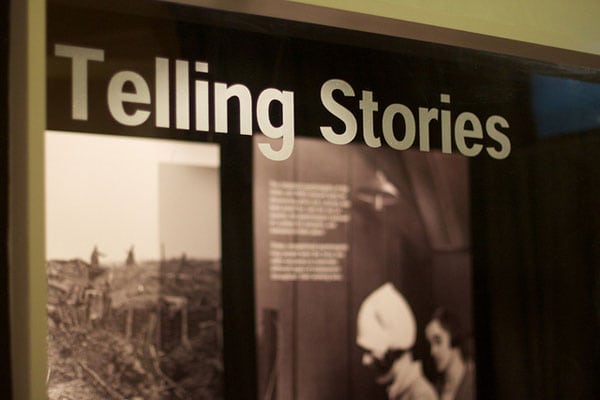
July 17, 2018; Current
“Like many cities across the country, Sacramento, California, is grappling with an affordable-housing crisis,” notes Jessika Maria Ross, writing for Current. “We’ve had the fastest rising rents in the nation for two years in a row. We have record-high home prices, a skyrocketing homeless population and intensifying gentrification and displacement. We also have many neighborhoods of color that for years have been overlooked due to historic housing policies and a lack of economic opportunity.”
In the past year, however, Ross notes that, “Capital Public Radio, where I work as senior community engagement strategist…organized ‘Story Circles’ that brought wildly diverse residents face to face in intimate settings to talk about housing, hear one another and envision the way forward. It was an experiment in deep listening, radical hospitality and bridge-building.”
“A Story Circle is pretty much what it sounds like,” explains Ross, “a group of people sitting together and sharing personal experiences on a theme guided by a facilitator. In CapRadio’s Story Circles, I invited participants to tell a story about when having a home made a difference in their lives.”
This process, notes Ross, “opened participants up to each other’s struggles, fears and dreams, creating an emotional intimacy and social bonding among people who usually wouldn’t be in the same room.”
To organize six Story Circles, CapRadio partnered with 12 community groups, who cohosted the events. “Community partners,” explains Ross, “brought homeless and low-income renters, social-service providers, activists who are people of color, affordable-housing advocates, and developers to the gatherings.” CapRadio brought affluent white homeowners, who were its core audience. Ross adds that, “We held these gatherings at affordable-housing complexes, community centers and public schools in low-income neighborhoods throughout Sacramento.”
Groups are kept small, so people can get to know each other. Ross adds that, “The Story Circles were two-and-a-half hours long. They began with thirty minutes to mingle and share a meal, as well as an opportunity to participate in CapRadio’s storybooth: a mobile portrait studio where guests could have a professional photo taken and write down their views regarding housing and home.”
As Ross details,
Sign up for our free newsletters
Subscribe to NPQ's newsletters to have our top stories delivered directly to your inbox.
By signing up, you agree to our privacy policy and terms of use, and to receive messages from NPQ and our partners.
During the Story Circles, participants shared, in turn, a personal story illuminating the role of housing in their lives. Then they broke into trios to discuss themes and patterns. The full group reconvened to identify insights, epiphanies and action steps. To close, I recorded audio of participants reflecting on what they took away from the experience, and each completed a brief, anonymous survey. We offered everyone a flower from the bouquet and mobile phone wallets with personalized thank-you cards tucked inside as gifts.
Staffing involved four people: “a community partner, myself and two CapRadio community engagement interns.” Excluding staff hours, the cost for food, flowers, supplies and childcare only totaled about $400 per event.
Among the findings were the following:
- “82 percent of participants said they met people with whom they wouldn’t normally connect and heard diverse perspectives and life experiences.”
- “83 percent reported an increased awareness about local housing challenges, the root causes of the crisis and potential solutions.”
- “83 percent said their empathy for others increased.”
- “89 percent said they planned to talk to friends and family about the stories they had heard, the issues and solutions.”
- “91 percent said they were inspired to act, which they described as staying connected with others at the event, getting involved in projects they learned about, or writing publicly elected officials.”
While the discussions did not lead to immediate action, Ross notes that, “Story Circle participants said they left with the feeling that there are solutions to the affordable housing crisis, as well as an increased sense that they could contribute to real, meaningful change.”
For Ross, the biggest gain was having people communicate with those with differing views. She calls places that bring people together across divides “contact zones,” citing the work of Mary Louise Pratt.
“We need Contact Zones like CapRadio’s Story Circles that bring people together across silos to engage in meaningful conversations about pressing social issues,” Ross says, adding that public media can play this role in many cities, not just Sacramento.
Ross concludes by calling attention to Story Circle resources. These include those provided Roadside Theatre, the nongovernmental US Department of Arts and Culture, and the Winter Institute, which has developed a leader’s guide regarding how to host Story Circles on racial healing and equity.—Steve Dubb













